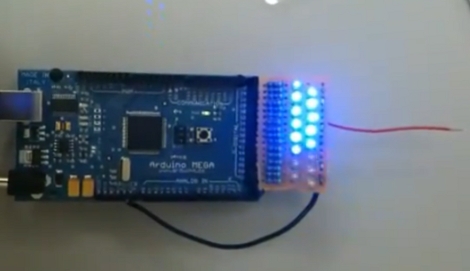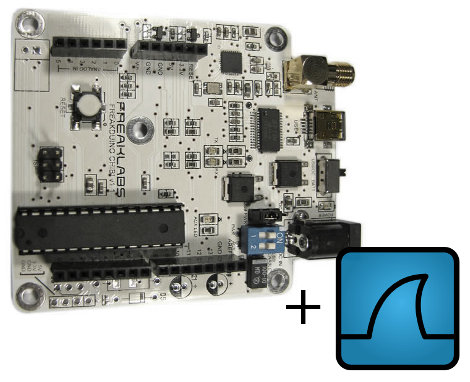
[Chris Marion] knew he wanted to play with fire, or more accurately with fireball spewing valves, but he need a good project in which he could use them. Inspiration finally struck and he built this controller that matches fireballs to the fret buttons on a Guitar Hero controller. There’s quite a lot that goes into this but we think that he hit a home run. The basic components are a manifold with electronically actuated valves, another manifold for the pilot lights, and a modified Guitar Hero controller.
To interface the controller he used an Arduino along with [Bill Porter’s] PS2 library to read signals from the buttons. But the real labor intensive part of the build came with the manifold. There’s a hardware store’s worth of fittings and flexible copper pipe that go into that assembly. In the end this all came together in just one week.
[Thanks Bill]
















